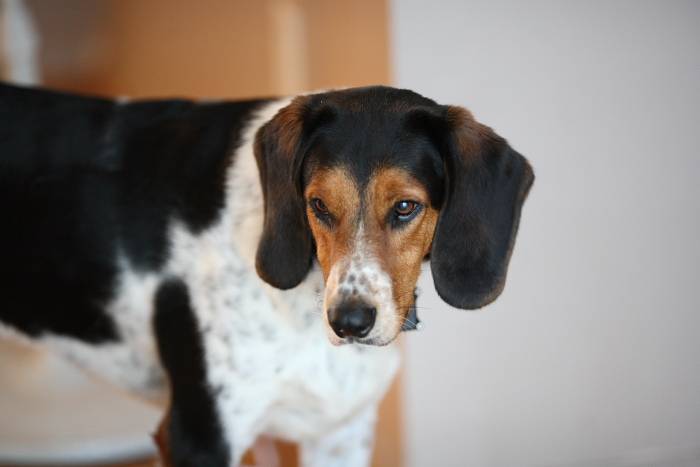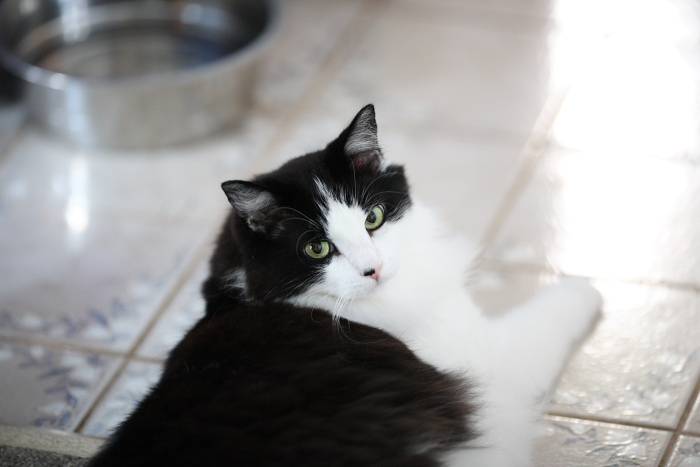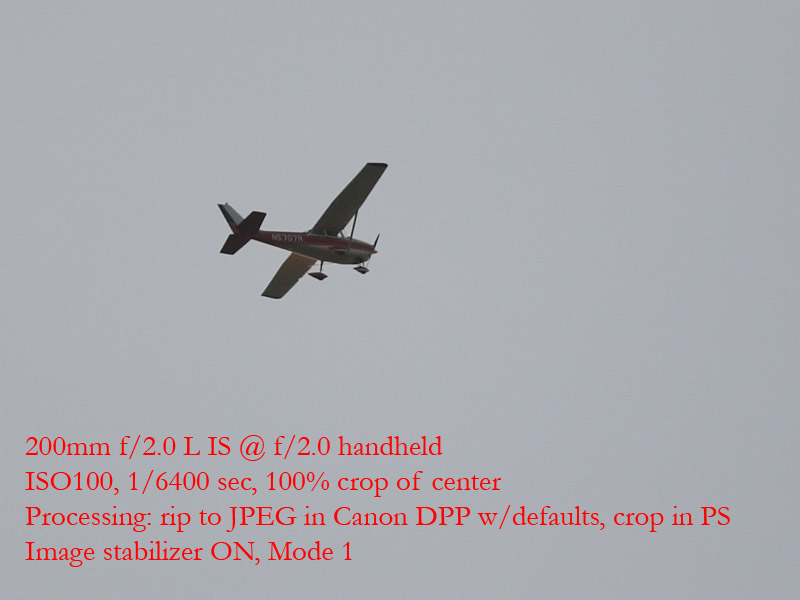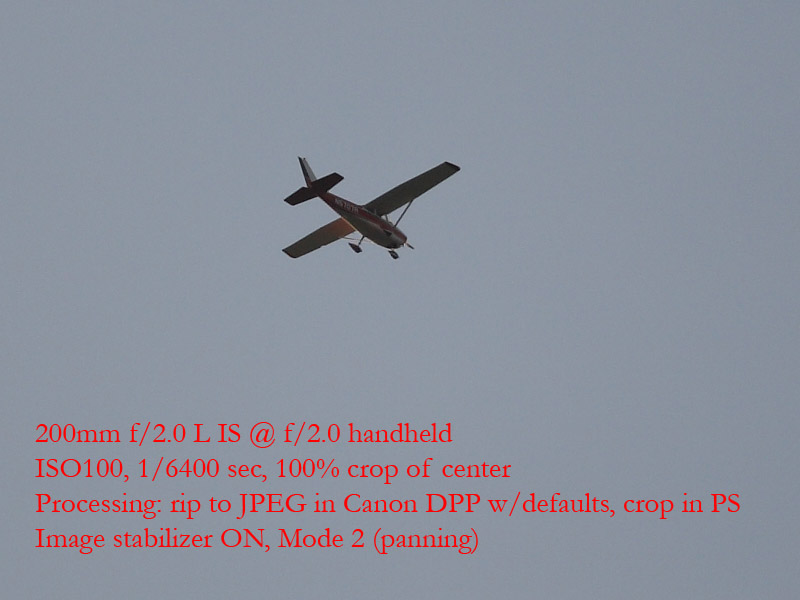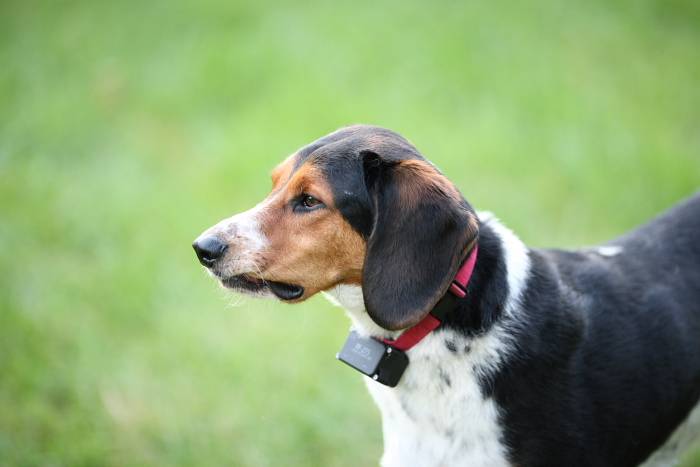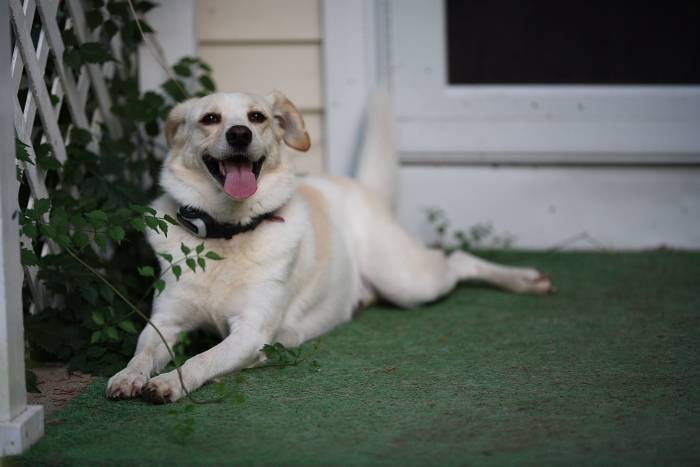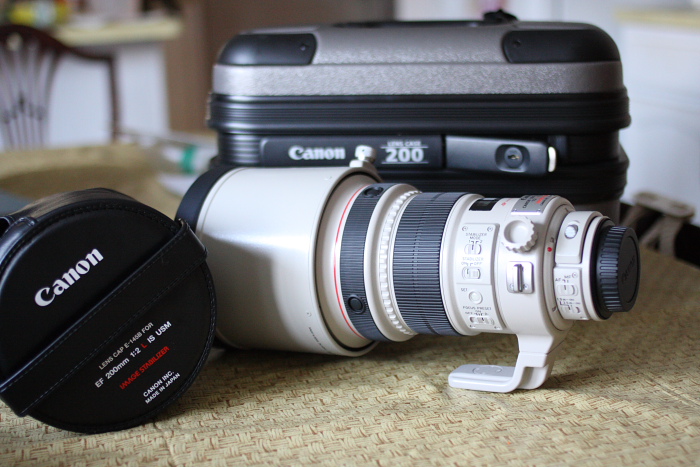
Mounted on a 40D:
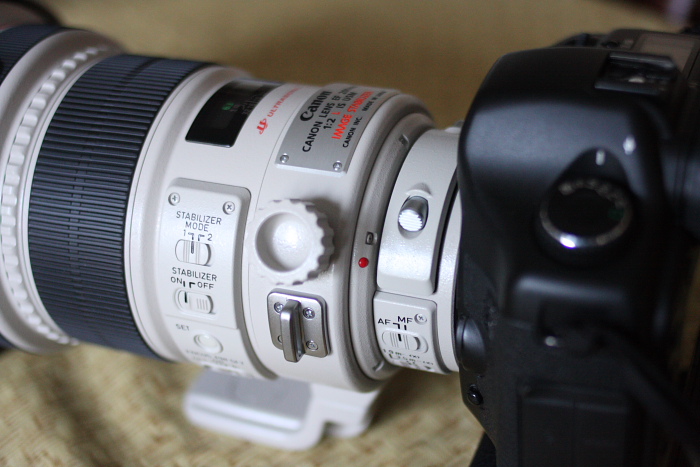
Review of the Canon EF 200mm f/2.0 L IS lens |
| Top Page - Links - Bio - Pictures - Creations - Astrophotography |
Canon announced in fall of 2007 that they would be replacing the legendary 200/1.8L with a new f/2 version boasting IS or image stabilization. Lens geeks and sports photographers waited anxiously for the lens to become available in early May 2008 at retail locations. I managed to acquire a used copy of this lens (despite it being 2 months old), thanks to Bryan Carnathan who runs the thorough and awesome lens review site, http://www.the-digital-picture.com/. He also has a review of this lens here.


When it comes to a general review of this lens, I won't offer much of anything different than Bryan's fine review of the lens. It truly is an outstanding piece of equipment. Fast focus, great colors, amazing bokeh, reasonable weight and ergonomics and an improved IS system that puts the IS on the 70-200/2.8L IS or 300/2.8L IS to shame. The main reason I acquired this lens was to test it out for astrophotography-- sort of a lens torture test-- and a very specialized application. The quick conclusion is this lens is not optically optimized for infinity focus, but I hand it to the Canon engineers for giving it the ole college try.
I won't repeat the spec sheet on this lens as this info is available at Canon's site plus most merchants who sell the lens (i.e. weight etc.). I can't speak for the 200/1.8L, but word is there is an improvement in the balance of the lens. I found the lens to be VERY handholdable. The weight is less than a 300/2.8, and many sports photogs grow accustomed to carrying that beast around. The IS addition to this lens makes it that much better for handheld photography.
An apt description of this lens is it's like the 300/2.8L IS, but "stumpier". It feels the same in balance, the controls are the same (albeit some are crammed into the drop-in filter holder part of the lens, and the lens ID plate is on the tripod foot rotating part). Functionally the controls are the same (focus preset, focus delimiter switch, etc) as the 300/2.8, and presumably all the "great whites". I found myself bumping this IS switch much more often than on the 300/2.8, so if you're prone to bumping lens switches, I'd suggest taping it.
The tripod foot + ring has nice 90 degree click stops as you rotate it around the barrel, but it is not easily removeable. The foot itself can be removed with the use of an allen wrench if it bothers you that much. If I were doing astrophotography with this lens, I would remove it, since the foot does get in the way of the mounting rings. The 300/2.8 has a fully removeable ring which is much more convenient.
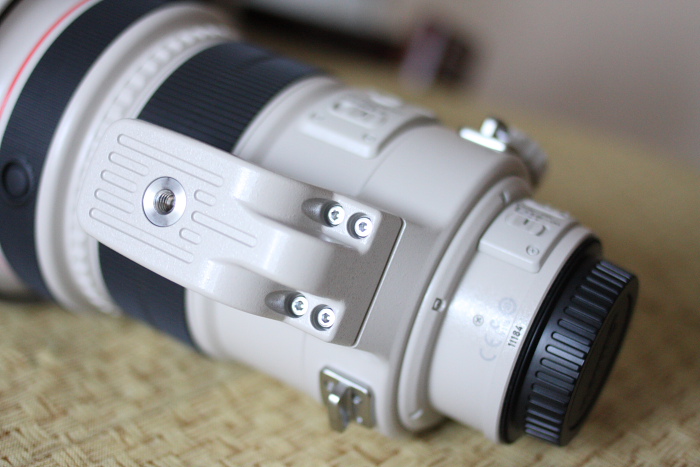
The hood is the same diameter but a different length than the 300/2.8L and has a "B" followed by the part number (ET 120B) whereas the 300/2.8 hood does not. The hood from the 300/2.8 will fit on the end of the lens, but will not fit when reversed, and thus cannot be stored in the lens trunk that comes with the lens. Canon also provides the usual leather cap "lens cap" (some call it a "leather condom"). If that bothers you there are coffee can lids that can be used to cover the lens like a traditional lens cap (minus the pinch parts).
Admittedly, I use the little red dots on lenses to line up the bayonet to the camera body. I mention this because the red dot on the 200/2 is on an unusual spot.. it's not right next to the mount, it's actually on the other side of the drop in filter (you can see its location in the pictures above). I found this bothersome, because it's hard to fumble around mounting a 5 pound lens to the camera body. The location of the dot makes it a little tougher to line it up for mounting. The Canon engineers goofed up with this one. It's a minor nit though.
For people portraits, event photography (weddings, parties etc.), and sports is where this lens shines. Bokeh blur at f/2.0 is simply amazing. This lens is the 135 f/2 L on steroids. Everything photographers rave about the 135L (it's true BTW) is in this lens, and then some. Imagine the 135L with image stabilization and a touch more reach-- it's this lens. Read the section below on the stabilizer for more info. Optically it's razor sharp for portraits and sports. I can really, really crank up the sharpness settings in post processing.. and I can only do that with a handful of lenses (namely the 135L and 300/2.8L).
Some sample portraits on a 40D: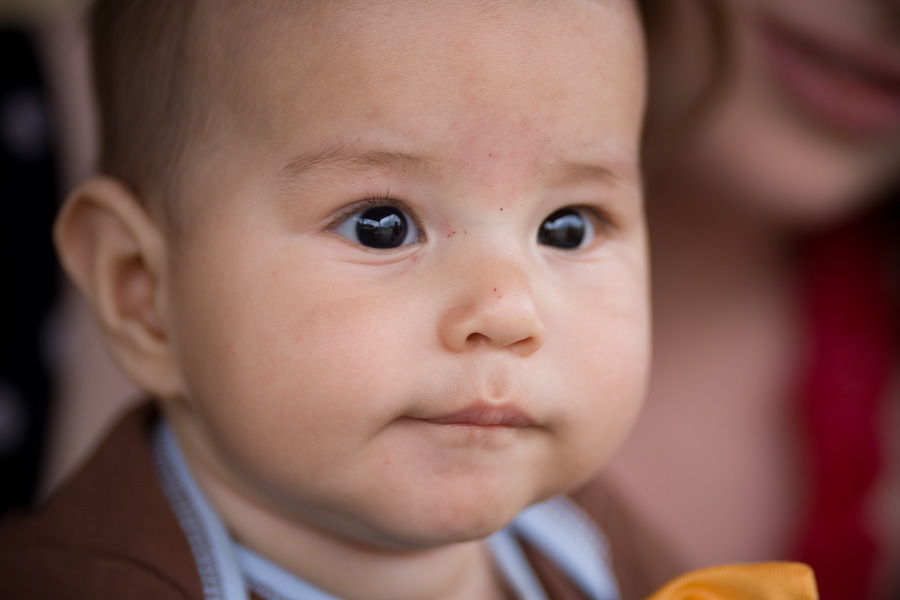
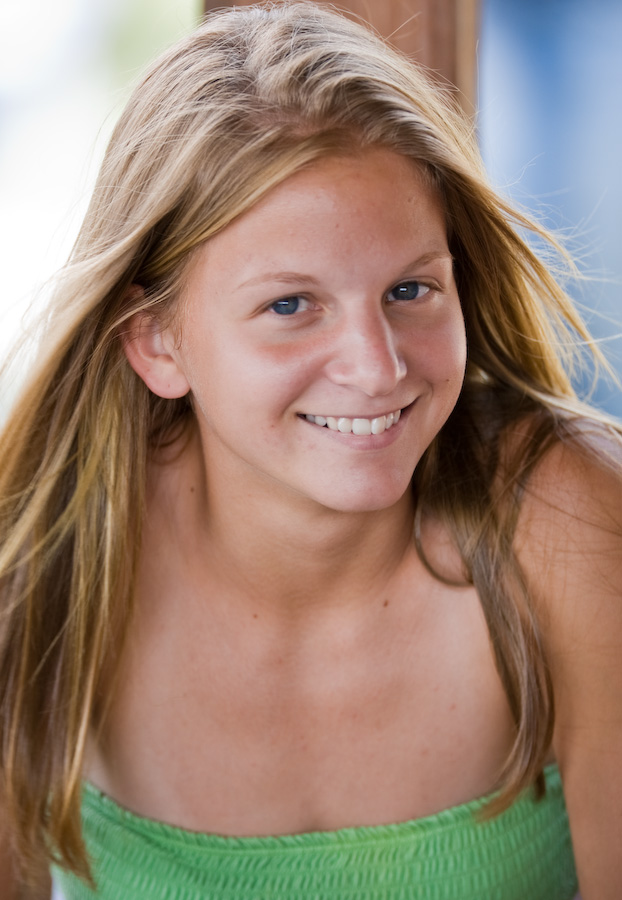
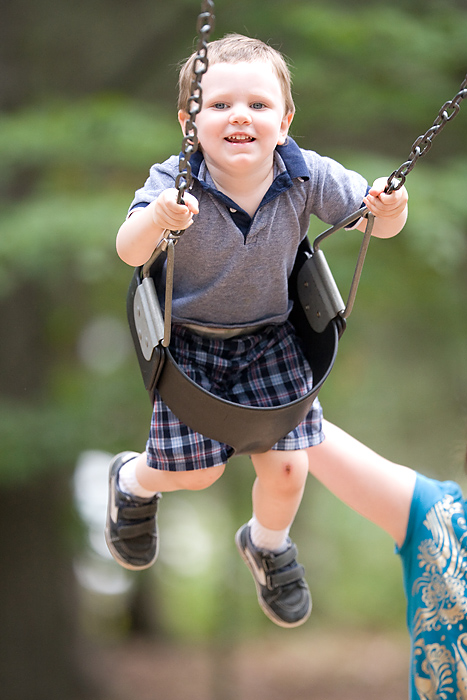
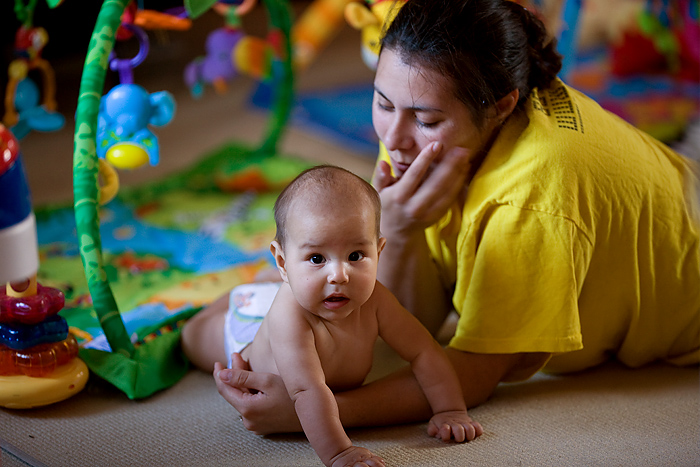


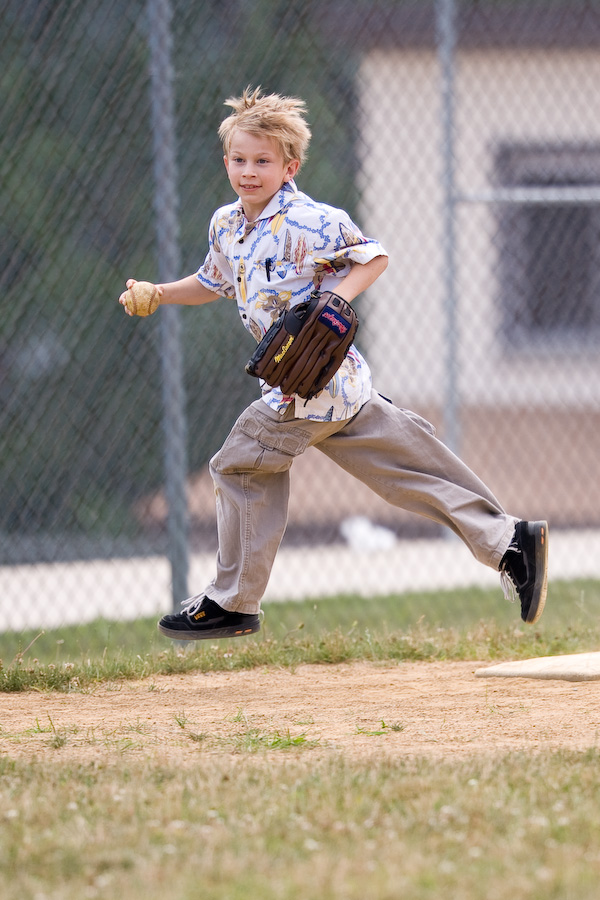
Typical for Canon L telephoto lenses, the ultrasonic focuser is lightning quick and very accurate. Here are a few AI Servo focus tests with a 5D body, a camera known for less-than-awesome focusing. The lens really helps the body along in this case, and tracking is very good. This lens also does much better in lowlight focusing than the 135L.. I find the 135 hunting a lot more, but this bad boy locks on instantly. You have to be careful where you put the center focus point, because it can be "too good" and miss the intended target because you pointed the lens at the wrong spot (which is an operator error, not a lens error).
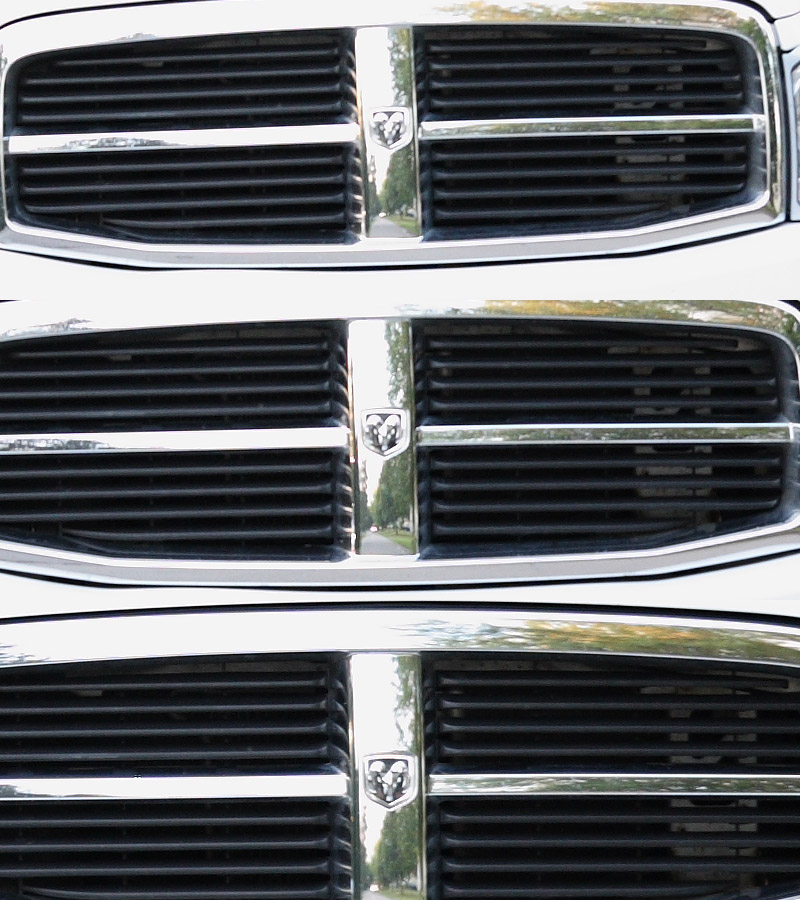
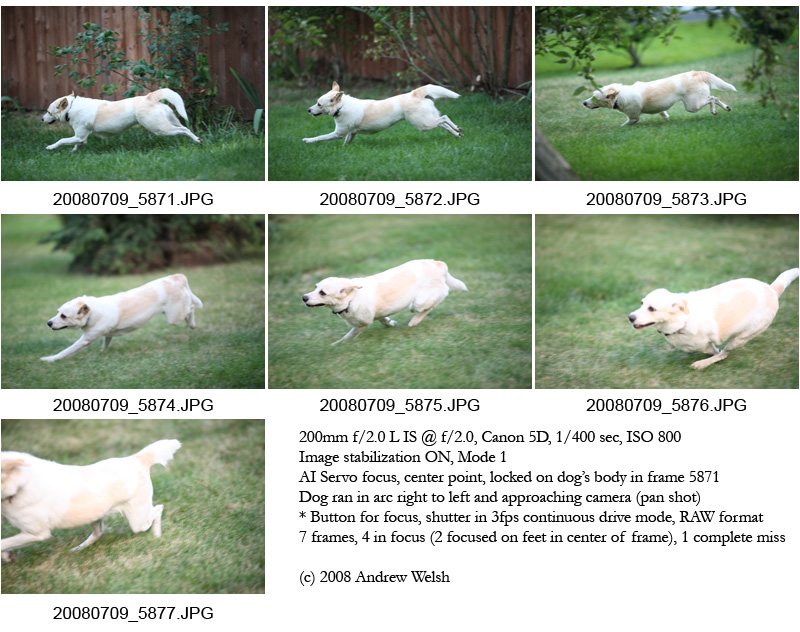
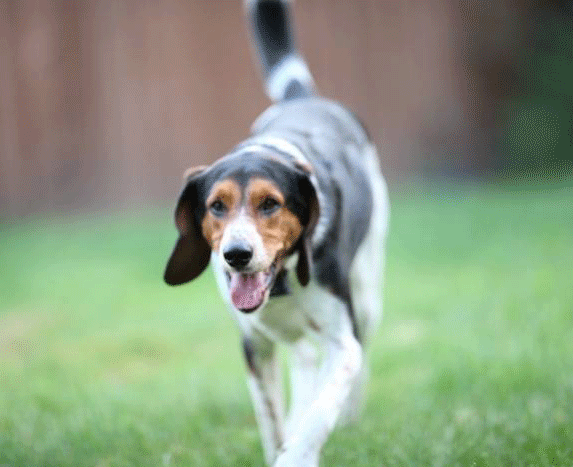
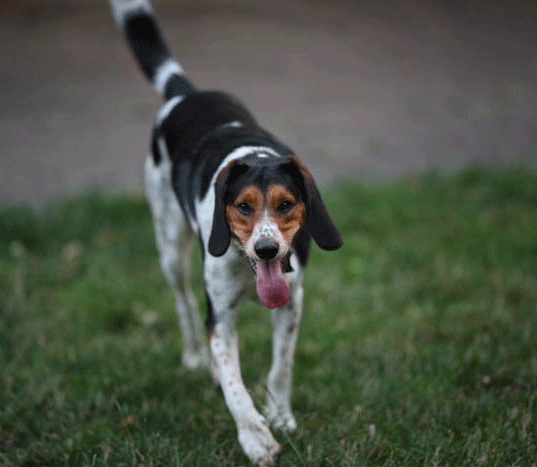
I tested with the Canon 1.4x II teleconverter. Third-party converters will offer slightly less perfect results as they are not optimized perfectly for Canon lenses, although most 1.4x TC's have no perceptible impact except at 100% zoom (i.e. pixel peeping). The use of a 1.4x TC with this lens is the same as when used with the 300/2.8. Some loss of edge sharpness and slight increase in CA, both of which go away when stopping down one stop. In the instance of this lens, wide open gives 280mm f/2.8, so stopping down to f/4 yeilds super-sharp photos. More on the 1.4x TC in the astrophotos section, where starfields are imaged using the bare lens + the lens with a 1.4x TC.
Sample photos with Canon EF 1.4x II Teleconverter on the 200/2L IS: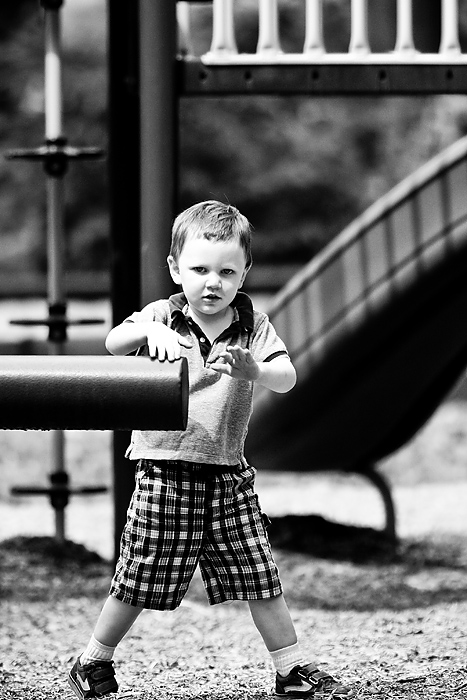
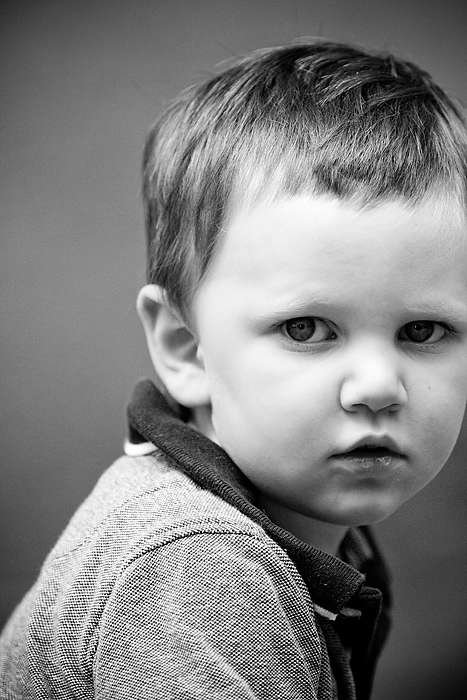
The image stabilizer on this lens is simply awesome. It puts the IS on the 300/2.8 and 70-200/2.8 to shame. If careful, one can handhold at 1/5th sec and get a sharp shot. I can reliably get 1/40 or 1/50 sec (to reduce subject movement) handheld. This feature alone helps this lens trump the 135L im my mind. I can barely get a steady shot with that lens below 1/100 sec, and the 200/2L provides much slower shutter speeds. This makes it IMMEASURABLY more useful for low-light conditions.. wedding receptions, theatre, stage shows and other event photography.
Some 5D shots illustrating the use of IS (image stablization), all handheld, full-frame (shrunk) followed by 100% crop:
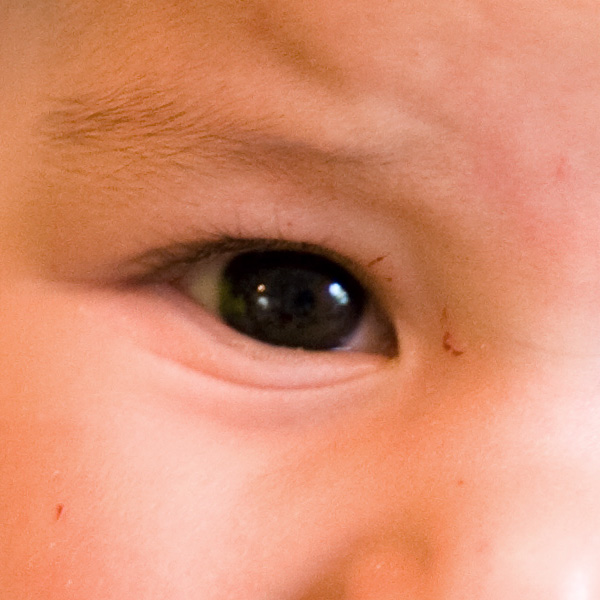

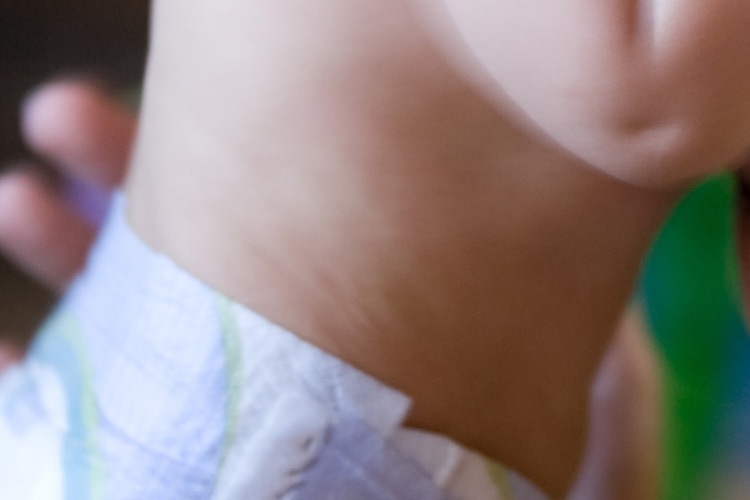
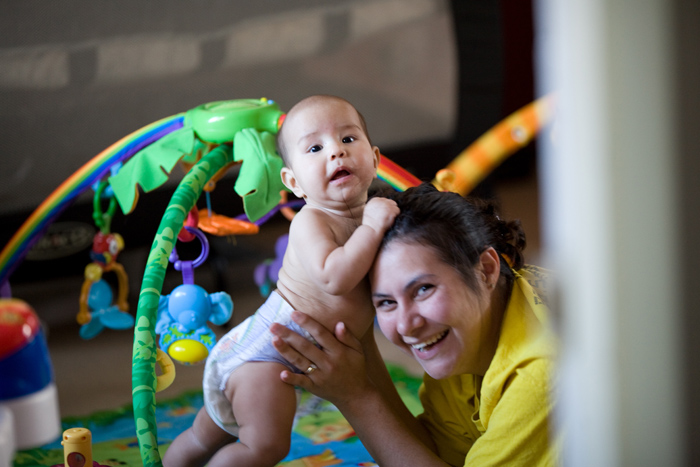
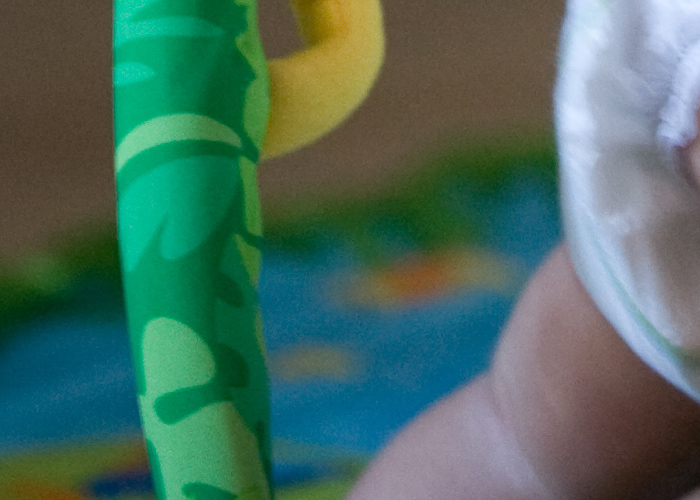

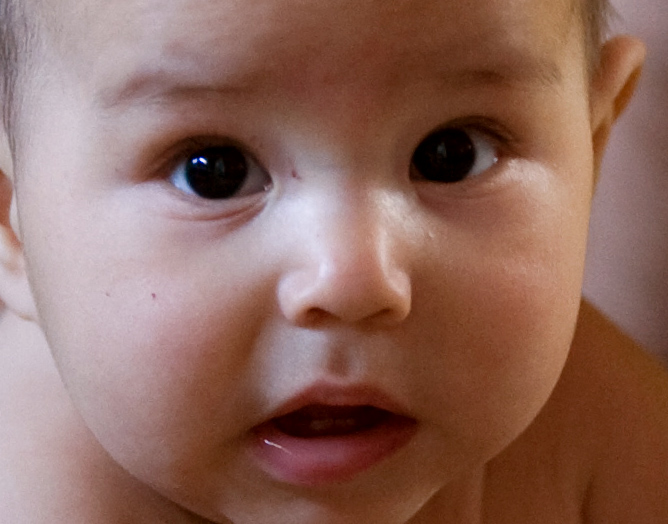
The conclusion from my real-world experience with this lens backs up the assertion at the-digital-picture.com - you can get handheld sharp shots at 1/5th sec.. that's 5 (five) full stops of camera shake reduction (from the "standard" 1/ over focal length rule for camera shake, in this case 1/200sec). A marketing assertion made by a company that is true! Of course, the use of 1/5th sec shots is debateable, since most people will move and blur the shot, but it's available nonetheless. I can only imagine this improving with the use of a monopod.
OK it's a bit of a stretch to think this lens can be used for macro (closeup) work... kind of like expecting a Ferarri to be good at driving through a mud pit. The spec sheet says the maximum magnification is .12x which is pretty lousy, and the minimum focus distance is somewhere around 6 feet / 1 meter. Paired with a 1.4x TC you can get some halfway decent bug shots. I took a flower pic with no TC just for grins.
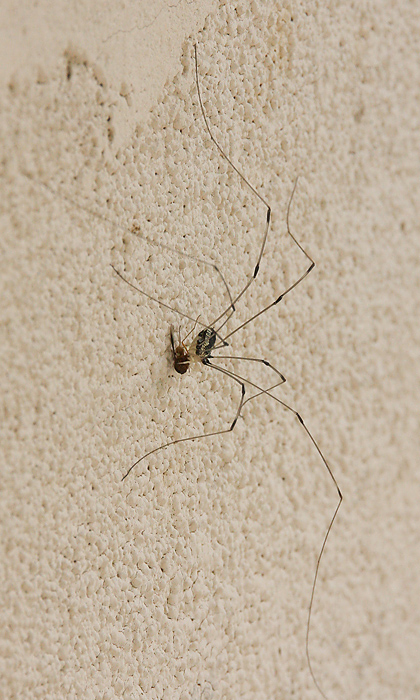
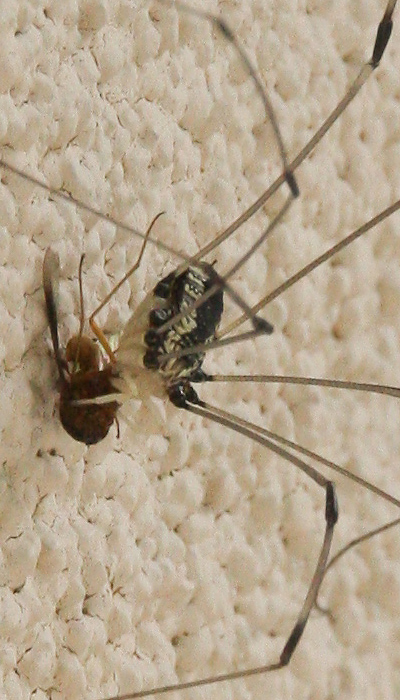
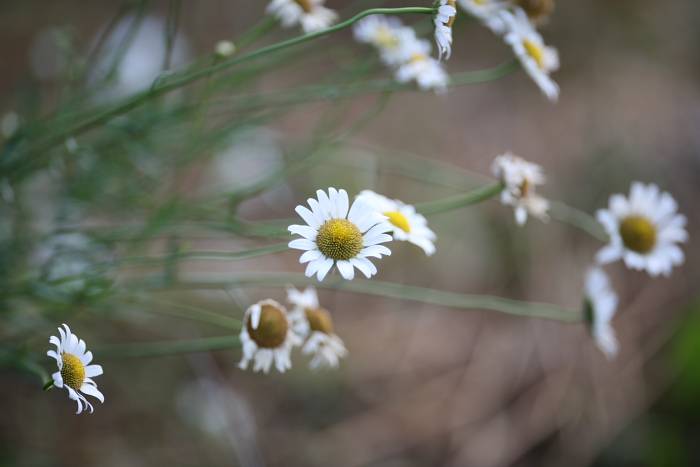
This was the functionality I was most interested in personally. Despite the challenge of keeping perfect focus at f/2 (very, very sensitive to temperature changes.. it's hard enough at f/2.8), shooting at f/2 would be worth it. The hope was this lens would be an optical improvement for astrophotography over the discontinued 200mm f/1.8L, which had pretty bad CA (chromatic abberation, purple halos) considering it's cost, at f/1.8 down to f/2.8. The far less expensive 200/2.8L lens can shoot at f/2.8 with the same results as the 200mm/1.8 but at literally 1/10th the cost. The main reason I purchased this lens was to try it out on the torture test of torture tests-- astrophotos. I had trouble mounting it to my telescope because I couldn't easily remove the tripod foot. I had to set the foot to the 315 degree mark to get it to fit. Note how I had to load it off-center in the rings.. this severely limited my ability to frame the subject, and also made it's stability a little suspect:
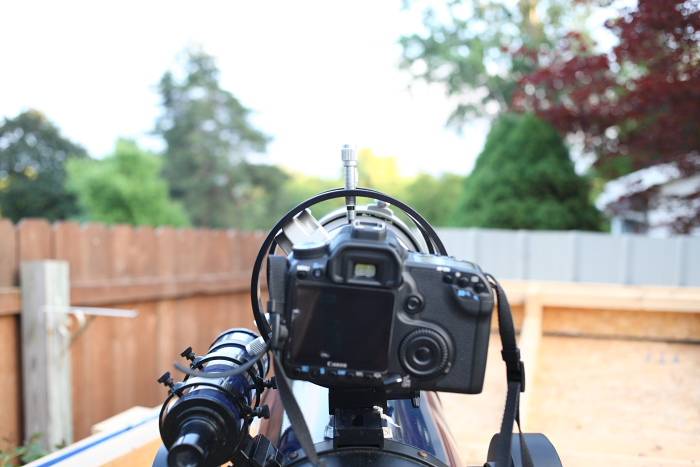
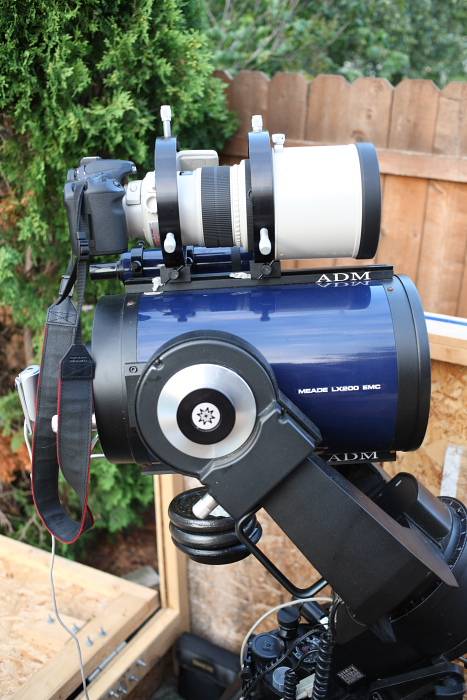
Simply put, I am disappointed at a $5,400 lens (at press time, the price is bound to go down). When shooting at f/2, brighter stars especially have a wedge shape indicating coma and/or spherical abberations that aren't corrected for infinity focus. Even in really bright stars that take up a (relatively) large area, you can see an "off-center" effect. Look at the sample images linked below. This disappears stopping down to f/2.8 where the lens becomes outstanding, however, as mentioned before I can buy a f/2.8 lens for 1/10th the price.
Performance with teleconverters is identical to the 300/2.8, indicating the limiting factor in that case is the teleconverter itself. The Canon 1.4x II TC requires closing down one f/stop, and the Kenko 2x DG300 TC requires stopping down 2 f-stops to correct the abberations introduced by the TC itself. With the lens' inheret abberation, I could not match the performance of the much less expensive 400mm f/5.6L, which is superb for astrophotos, even wide open. My tests with the 300/2.8L IS gave the same result with the TC's. These were tested with a 40D.. the corners on a 5D / full frame camera are bound to only be worse. For grins, I stacked the TC's. I tried it at f/8 knowing I'd probably have to stop down to f/11. The excercise demonstrated that shooting through my 1260mm telescope at f/6.3 is a better proposition. See the results yourself:
Holding out hope that perhaps the lens was useable at f/2.2, and maybe stacked astrophotos would make a difference (smearing by atmospheric turbulence helps round things out), I took some proper deep sky astrophotos. While it was really fun taking only 10 second exposures (versus 3 min + exposures through my telescope!), the results did not meet my hopes or expectations. I did notice the kind of stretching I performed in Iris had a bit of an effect on the star shapes.. if I blow out / clip the star cores a bit they are more "rounded" at f/2, but not enough to save the lens. Despite that, the lens still has excellent resolving power right down to individual pixels on the relatively pixel-dense 40D. These images were not sharpened at all, and received minimal processing.
For people portraits, event photography (weddings, parties etc.), and sports is where this lens shines. It is not well suited for astrophotography or macro work, and far less expensive alternatives for those functions are available. While the hope was this lens would be an all-in-one solution, it excells at certain things and underperforms at others. I still crave for the lens nightly to shoot weddings, but the business case does not justify the expense.. the formula would be entirely different for gymnastics or indoor sports like volleyball. I would've like to have tested it at the local indoor beach volleyball courts, but I didn't want all that sand dust on the lens while I was holding out to sell it on the used market if it didn't work out. I personally decided to sell the lens and stick with the 300/2.8, because that lens performs better at bird photography (due to focal length, not optics) and astrophotography.
I highly recommend this lens to sports + event photographers and 135L lovers.
